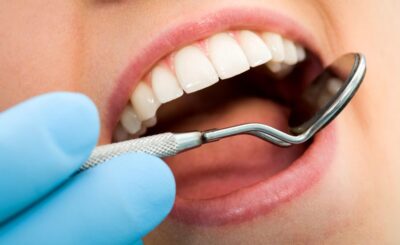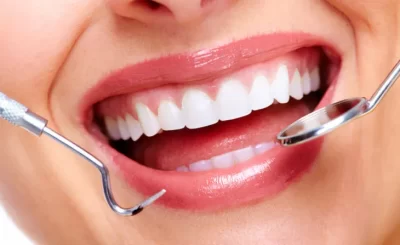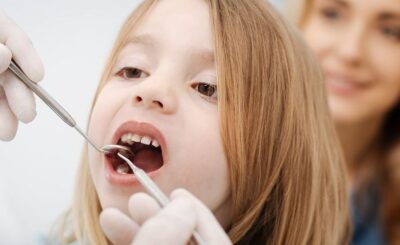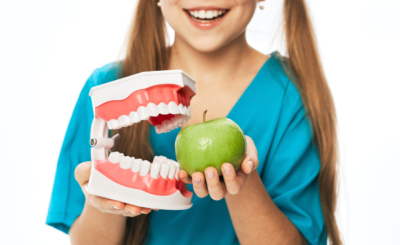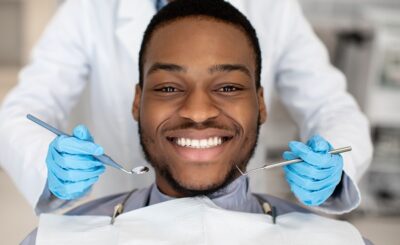As a Memorial City dentist, our team understands the impact that dental proclination can have on a patient’s oral health and self-confidence. While environmental factors such as diet and oral habits can contribute to this common orthodontic issue, research suggests that genetic predisposition plays a significant role in its development. Studies have shown that genetic variations in genes involved in tooth and jaw development can increase an individual’s risk of developing dental proclination.
In this article, we’ll delve into the complex relationship between genetics and dental proclination, exploring the latest research and its implications for diagnosis, treatment, and prevention.
What is Dental Proclination?
Dental proclination is a common orthodontic condition characterized by the forward protrusion of the upper teeth, resulting in an abnormal overlap between the upper and lower teeth. This condition can range from mild to severe and can affect both children and adults. Dental proclination can cause a variety of issues, including difficulties with biting and chewing, increased risk of tooth wear and tear, and aesthetic concerns. It can also be a sign of underlying skeletal issues, such as a misaligned jaw or abnormal growth patterns.
What Are The Genetic Factors Contributing to Dental Proclination?
Studies have identified several genetic factors that contribute to dental proclination. These include:
- Genetic variations in tooth development genes: Research has shown that genetic variations in genes involved in tooth development, such as MSX1 and P21, can contribute to dental proclination.
- Genetic variations in jaw development genes: Genetic variations in genes involved in jaw development, such as TBX1 and HOXA2, can also contribute to dental proclination.
- Genetic predisposition to orthodontic anomalies: Some individuals may be genetically predisposed to orthodontic anomalies, including dental proclination, due to inherited genetic traits.
What Are The Mechanisms by Which Genetics Influence Dental Proclination?
The mechanisms by which genetics influence dental proclination are complex and multifaceted. Here are some of the key ways in which genetics can contribute to dental proclination:
Genetic Control of Tooth Development
- Tooth size and shape: Genetic factors can influence the size and shape of teeth, which can contribute to dental proclination.
- Tooth number and position: Genetic variations can affect the number and position of teeth, leading to crowding and proclination.
- Tooth eruption patterns: Genetic factors can influence the timing and sequence of tooth eruption, which can contribute to dental proclination.
Genetic Control of Jaw Development
- Jaw size and shape: Genetic factors can influence the size and shape of the jaw, which can contribute to dental proclination.
- Jaw growth patterns: Genetic variations can affect the growth patterns of the jaw, leading to abnormalities in jaw alignment and dental proclination.
Genetic Control of Orthodontic Anomalies
- Genetic predisposition to orthodontic anomalies: Some individuals may be genetically predisposed to orthodontic anomalies, including dental proclination.
- Genetic variations in orthodontic genes: Genetic variations in genes involved in orthodontic development, such as MSX1 and P21, can contribute to dental proclination.

Epigenetic Mechanisms
- Epigenetic regulation of gene expression: Epigenetic mechanisms, such as DNA methylation and histone modification, can regulate gene expression and contribute to dental proclination.
- Environmental influences on epigenetic marks: Environmental factors, such as diet and oral habits, can influence epigenetic marks and contribute to dental proclination.
The interplay between Genetic and Environmental Factors
- Gene-environment interactions: Genetic and environmental factors can interact to contribute to dental proclination.
- Epigenetic mediation of gene-environment interactions: Epigenetic mechanisms can mediate the interactions between genetic and environmental factors, contributing to dental proclination.
The relationship between genetics and dental proclination is complex and multifaceted. While environmental factors can contribute to dental proclination, genetic predisposition plays a significant role in the development of this condition. Understanding the genetic factors that contribute to dental proclination can inform early diagnosis and intervention, personalized treatment planning, and targeted therapeutic interventions.



